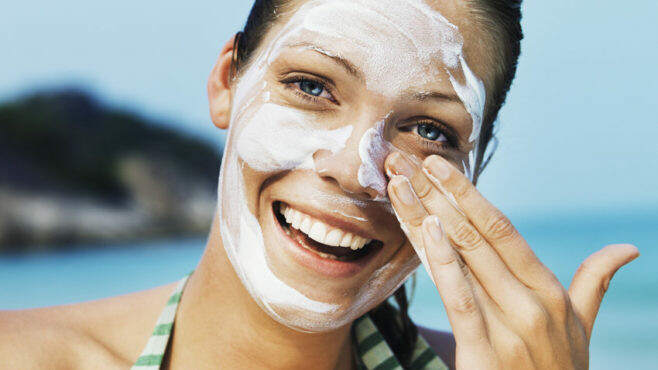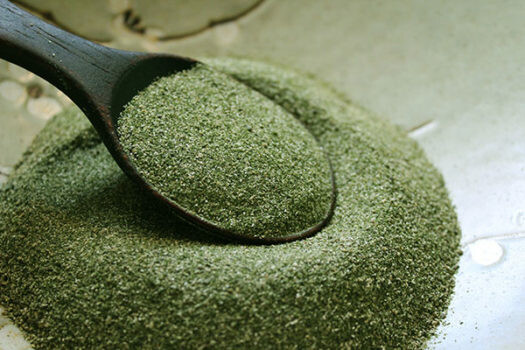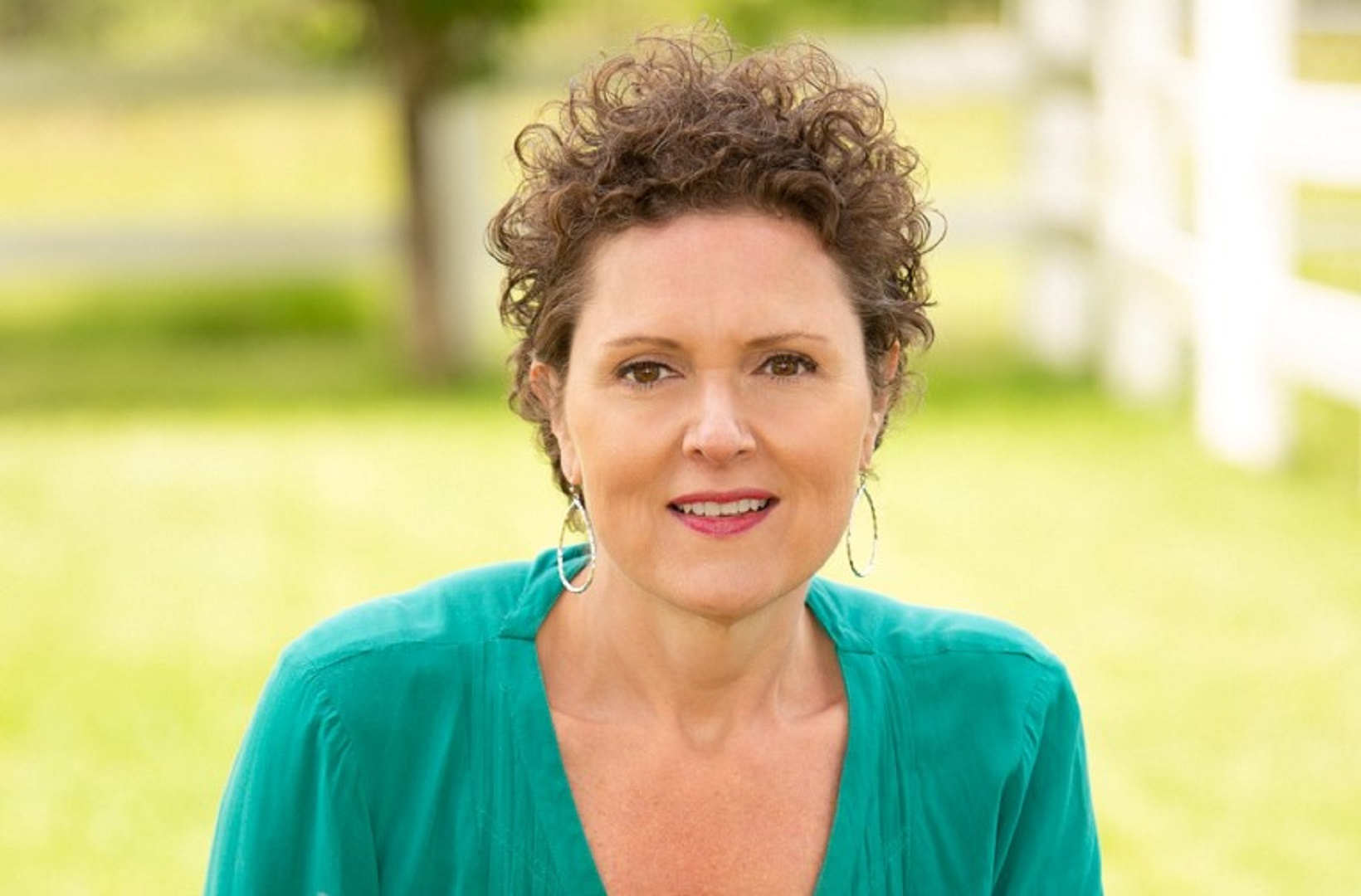
Once the sun appears for a couple of days, the fair-skinned, the outdoor enthusiasts, and lots of mommas start pulling out the sunscreen. We’ve been influenced by advertising to believe that direct sun is bad for you and that sunscreen is the answer to protecting your skin, including the idea that the higher the SPF, the better.
Sunscreen is one of the most unique products in the body care family; we’re instructed to apply a thick layer over all sun-exposed skin and reapply frequently. Depending on the type of clothing worn out in the sun, this has the potential to be a major portion of the body.
However, even though there is some risk to being in the sunshine for extended periods of time, it is also necessary. UV rays can be beneficial as they kill germs, and sunbathing can help heal some infections.
Basking in the sun’s rays is the body’s natural pathway for creating Vitamin D, and staying out of the sun for too long can affect your brain function, mood, and both physical and mental well-being. It’s a known fact that people who live in climates where they don’t get enough sunshine often suffer from Seasonal Affective Disorder, or SAD. Wearing sunscreen not only blocks UV rays, it also interferes with the body’s formation of Vitamin D.
Chemicals In Sunscreen And How They Affect Us
According to EWG’s 2017 Guide to Sunscreens, the most common products on the market contain chemical filters to block UV rays, usually a combination of two to six of the following: oxybenzone, avobenzone, octisalate, octocrylene, homosalate, octinoxate and retinyl palmitate. Mineral sunscreens use zinc oxide and/or titanium dioxide and a handful of products use zinc oxide in addition to the chemical filters.
Some of these chemical filters may mimic hormones and cause sunscreen-related skin allergies, so I looked them up in the Skin Deep® database to see how they are rated. (If you haven’t looked at this site yet, you should – it will be very eye-opening!) This database rates not only specific products, but also the individual ingredients on a scale of 1-10. Items rated 1-2 are considered low hazard, 3-6 are moderate hazards and 7-10 indicates high hazard. For the information on these ingredients, see the attached resource Sunscreen Chemicals.
You would think that since we are relying on sunscreen to protect us from UV rays (and using it often) that the ingredients used should be safe, right? Given the fact the sunscreen is often applied to the face and neck, ingredients should not be harmful to internal organs or lungs since we can breathe in the ingredients as they break down.
In addition, many sunscreens contain ingredients that act as penetration enhancers, which help the lotion stay on the skin. Since everything you put on your skin gets absorbed, these toxic components are getting into the body and can be measured in urine, blood and breast milk samples.
Do Higher SPF Products Provide More Protection?
More than 2 million Americans are diagnosed every year with skin cancer, and even though more people are using sunscreen every year, the numbers continue to climb. How interesting is that? This is partly due to our to improper usage of the sunscreen and partly related to the chemicals that are used to “protect” us from UV rays.
Mistakenly, most people think that the higher the SPF number the more protection they have from UV rays, but that isn’t true. The SPF (Sun Protection Factor) is a time-based rating that tells you how long you can stay in the sun without getting burned if you are wearing sunscreen, as opposed to how long you could be in the sun before getting burned if you are not wearing sunscreen.
For example, if you would normally get a sunburn in 15 minutes without protection, but apply an SPF30 product you could supposedly stay in the sun for 30 times longer (7.50 hours) without getting burned. In theory, a higher number affords more protection, but that doesn’t account for sweating, playing in the water or the natural breakdown of the chemical products as they are exposed to the sun. The problem with using a high-SPF product is that it actually exposes you to more harmful radiation because we take for granted that it will protect us longer.
Typically, high-SPF sunscreens are aimed at blocking the UVB rays which cause the most visible damage. In reality, the SPF rating has very little effect on the product’s ability to shield from the UVA rays which penetrate deeper and cause hidden damage. While the FDA does regulate the ingredients used in sunscreen to some extent, they are much more lenient than European countries. In fact, five leading sunscreen specialists recently tested twenty U.S. products for protection against both UVA and UVB rays, including 7 with an SPF greater than 50. They found that only two of the seven with an SPF of 50+ would pass the European UVA protection tests.
A product with lower SPF will protect you just as well as a higher rated product, it just means that you’ll have to apply it more often. The benefit of this is that you’ll likely be more aware of the need to reapply a lower SPF sunscreen more frequently, so you’ll end up providing better protection for your skin.
Choosing Whether Or Not To Use Sunscreen
Personally, I’m not a big sunscreen user. I’m more likely to cover up if I know that I will be in direct sun for extended periods of time. However, I have many clients who do choose to wear sunscreen and in the past, it has been somewhat challenging to find a product that will provide the protection they desire without being detrimental to health. Don’t get me wrong, there are a few products out there that are “natural,” but some of them still have questionable ingredients. Fortunately, Young Living has released a Mineral Sunscreen Lotion that I can recommend to those clients who wish to use sunscreen, and it gives me a safe option if I do decide to use it as well.
Made from mineral-based ingredients (including non-nanoparticle Zinc Oxide) and plant-based ingredients, it provides broad-spectrum SPF 50 protection from both UVA and UVB rays. It is water and sweat-resistant for up to 80 minutes. Plus, it includes Helichrysum, Carrot Seed and Frankincense, all of which are nourishing to your skin. It is formulated without UV chemical absorbers, parabens, phthalates, petrochemicals, animal-derived ingredients, and synthetic preservatives, fragrances or dyes.
Remember, some exposure to sunshine is a vital part of getting enough Vitamin D for your body. If you choose to use sunscreen, please make sure to check the labels. Better yet, before purchasing any conventional personal care product, look it up in the Skin Deep® database and see how it’s rated and any potential health concerns that could result.
Disclaimer: The information contained herein is not to be construed as medical advice and is not intended to diagnose, treat, or cure any medical condition. These statements made have not been approved by the FDA, nor should they be taken as a substitute for medical advice from a licensed physician.
Affiliate Links: Some links on my website and emails are affiliate links. Should you click on these links and decide to purchase anything, I will receive a small commission and you will have my sincere thanks for supporting Tina’s Healthy Living.












